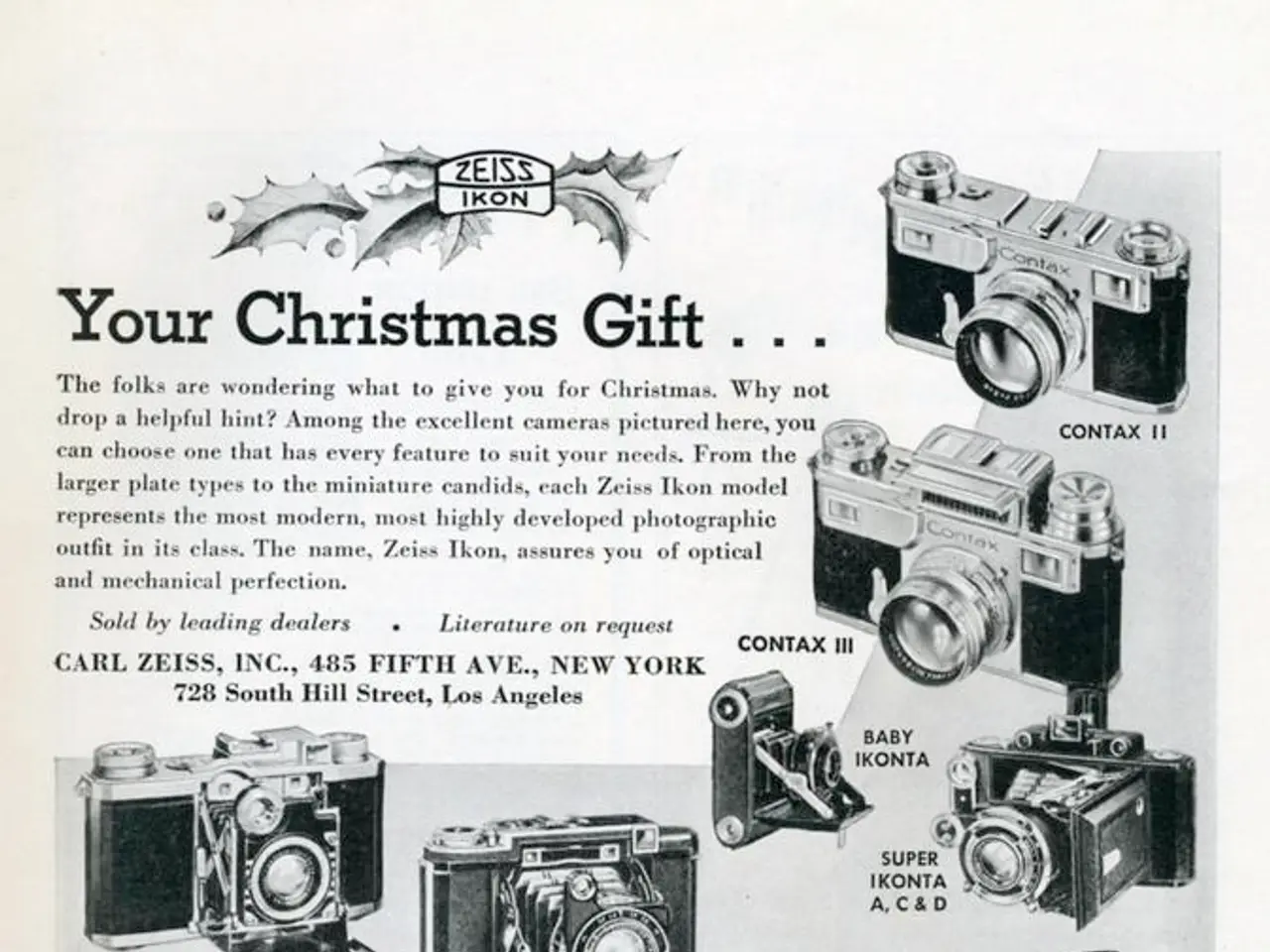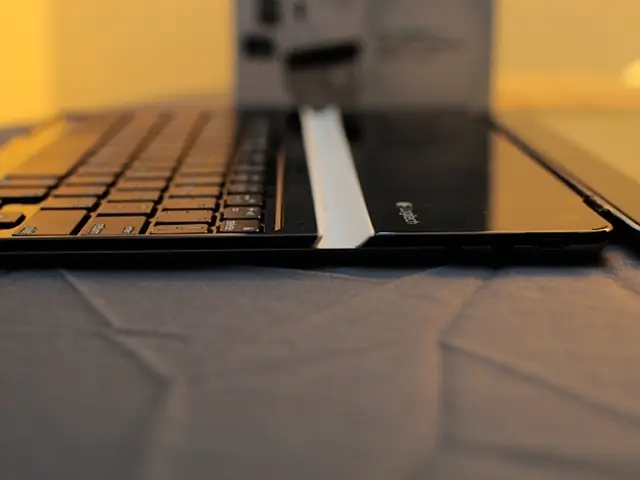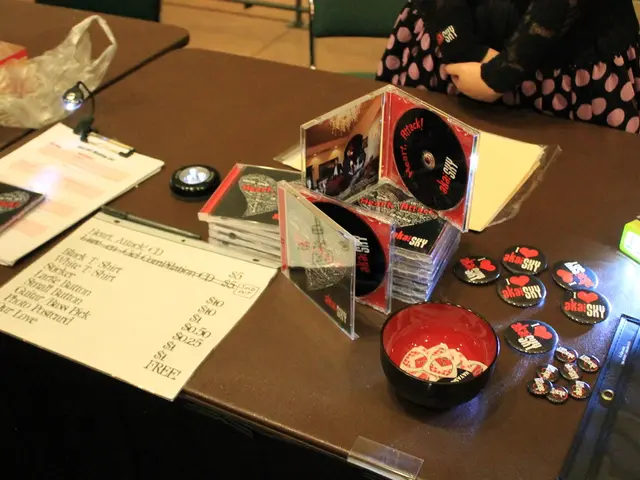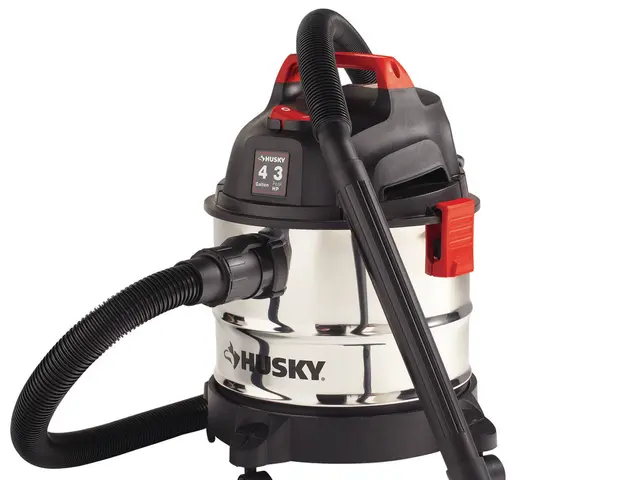Evaluation of Sony's Compact Digital Camera RX-100
The Sony RX-100, a popular compact camera, has been making waves in the photography world. With its impressive features and performance, it's no surprise that it's a favourite among underwater photographers.
Key Features
The Sony RX-100 boasts a large sensor, three times the size of a Canon S100/G12 sensor, ensuring excellent detail in your images, even when pixel-peeping in 100% crops. This camera's bright F1.8 28-100mm lens provides a versatile range, suitable for a variety of shooting scenarios.
The RX-100's dimensions are similar to the Canon S100, but it is slightly thicker. Despite its compact size, it packs a punch, delivering high-quality images that rival those of professional cameras.
Underwater Photography Settings
When it comes to underwater photography, the Sony RX100 IV offers several optimal settings. A medium to high aperture (F4 to F8) is typically used to ensure a good depth of field. For macro shots, a lower aperture like F2.8 can be used to blur the background.
A fast shutter speed (1/1000th of a second or faster) helps freeze fast-moving subjects and minimises motion blur due to water movement or camera shake.
Keeping the ISO as low as possible (preferably below ISO 800) is crucial to minimise noise, especially in low-light conditions. However, if light is insufficient, you might need to increase the ISO.
Setting the white balance to auto or daylight is a good starting point, but you may need to adjust this based on the water conditions and available light.
Continuous Autofocus (AF-C) mode is recommended for tracking moving subjects, while image stabilisation should be enabled to reduce camera shake.
Additional Tips
For optimal results, use a dedicated underwater housing to protect your camera and allow for full control over the camera settings. Strobes or dive lights can help illuminate dark underwater scenes and reduce the need for high ISO settings. Maintaining good buoyancy control while shooting is essential to avoid disturbing the scene.
Practical Examples
Specific settings like F4.5, 1/1250 sec, ISO 250 can serve as a starting point for your underwater photography with the Sony RX100 IV. These settings are particularly useful for capturing sharp images of underwater subjects that require a good balance between exposure and depth of field. Adjust these settings based on the specific lighting conditions and subject you are photographing.
The Sony RX-100 performs well with various RX-100 housings for underwater use, such as the Recsea and Nauticam housings. It also works well with the Dyron +7 and Subsee +5 macro lenses, especially when stacked.
The RX-100 can record 1080p 60fps video with full manual controls, making it a versatile tool for both stills and video.
Conclusion
The Sony RX-100, with its impressive features and performance, is a compelling choice for underwater photographers. Its large sensor, bright lens, and full manual controls make it a formidable tool for capturing stunning underwater images. With a bit of practice and the right settings, you can create breathtaking underwater photographs with the Sony RX-100.
- Despite its compact size, the Sony RX-100 delivers high-quality images that rival those of professional cameras, making it a favourite among underwater photographers.
- A medium to high aperture (F4 to F8) is typically used in underwater photography with the Sony RX100 IV to ensure a good depth of field.
- For macro shots, a lower aperture like F2.8 can be used on the Sony RX100 IV to blur the background.
- A fast shutter speed (1/1000th of a second or faster) is helpful in underwater photography with the Sony RX100 IV to freeze fast-moving subjects and minimize motion blur.
- Maintaining good buoyancy control while shooting underwater is essential to avoid disturbing the scene and ensure clear images with the Sony RX100 IV.
- Specific settings like F4.5, 1/1250 sec, ISO 250 can serve as a starting point for underwater photography with the Sony RX100 IV, with adjustments being made based on lighting conditions and subjects.
- The Sony RX-100 can record 1080p 60fps video with full manual controls, making it versatile for both stills and video underwater.
- With a dedicated underwater housing, strobes or dive lights, and the right settings, you can create breathtaking underwater photographs with the Sony RX-100, ensuring protection and full control over the camera.








